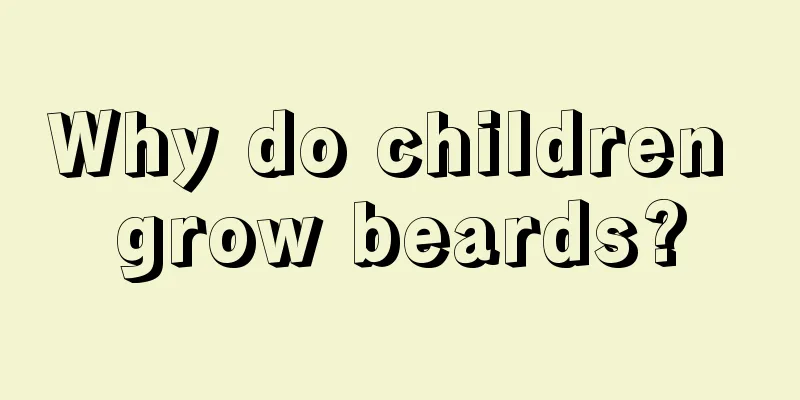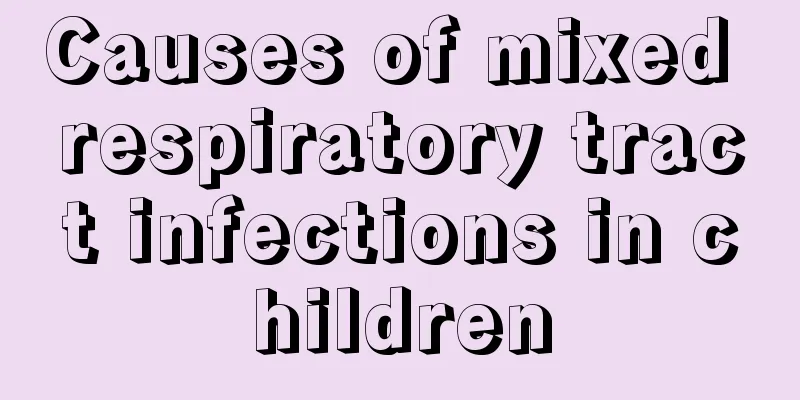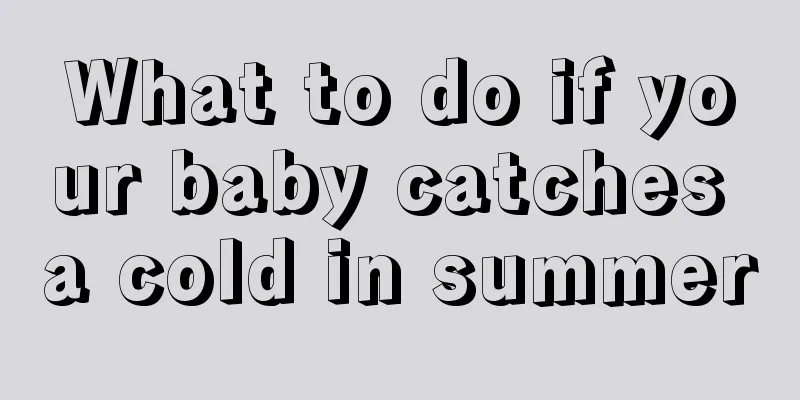Why do children grow beards?

|
Boys will start to grow beards when their bodies reach a certain stage of development. This is also a sign that the male characteristics of boys are beginning to develop. During adolescence, boys' beards grow very quickly, so they need to be dealt with in a timely manner to keep the whole person clean and fresh. Parents should also promptly detect changes in their children's bodies and regulate their emotions. So, what is the reason why children grow beards? Growth and development Growing a beard is a manifestation of a man's secondary sexual characteristics. The appearance of secondary sexual characteristics is stimulated by the androgen secreted from the testicles after men enter puberty. Before puberty, boys have very little testosterone in their bodies, and there is not much difference in physical signs between boys and girls. There is no strict time limit for boys' puberty development. Various types of beards Beards grow very fast. A healthy man's beard grows 0.4 mm per day, which is faster than hair (0.2-0.3 mm per day). This is because there are more blood vessels in the beard area than in the hair roots, and nutrients are easier to obtain. The average adult has about 25,000 beards, but this varies greatly from individual to individual. Men start to grow beards in their teens, which are most abundant around the age of 30. After that, the beards will gradually decrease, so the more you shave your beard, the more it will grow. The androgen levels in healthy men are generally consistent, but the length of beards varies greatly from man to man. Some people have thick beards, some have sparse beards; some people have sideburns, some have goatees. These are all normal differences. The amount and shape of the beard are related to ethnicity and family genetics. This is normal and there is no need to worry about it. Whether it is pathological for a man to be beardless depends on the overall development of his body. If a man has no beard, but his reproductive organs and the secondary sexual characteristics mentioned above are normally developed, then it is not pathological. The age at which boys start growing beards is not exactly the same. Some start a few years earlier, while others start a few years later. This is all normal and there is no need to worry. If you have entered puberty but have not grown a beard and your secondary sexual characteristics are not obvious, or even if they still have not developed after puberty, this should be considered abnormal. There may be a problem with the gonadotropin that specifically regulates and controls the secretion of sex hormones, and you need to go to the hospital for examination and treatment. color Most people have black beards, but some have brown or reddish brown beards. Studies have shown that the color of beard is determined by pigment cells, and pigments are clearly related to the metal elements they contain. For example, black contains copper, cobalt, and iron, brown is caused by titanium, red is caused by molybdenum, and white is caused by a complete lack of these metal elements. Absorb harmful substances Foreign experts have found that beards have the ability to absorb harmful substances. When people breathe, they can emit a variety of harmful chemical gases, which can all be retained on the beard; the atmosphere contains a variety of heavy metal particles, especially in busy streets, polycyclic aromatic hydrocarbons and lead emitted by car exhaust can also be absorbed by the beard; for smokers, carcinogens such as benzopyrene in the smoke can also stay on the beard. In addition, the epidermis of people with beards secretes more oil, which is often difficult to wash off when washing your face with clean water. Studies have shown that oil has the property of adhering to dust and microorganisms. Foreign experts analyzed the shaved beards using gas chromatography and found dozens of harmful substances, such as carbon monoxide, nitrogen oxides, benzopyrene, and heavy metal elements such as lead. Under a microscope, you can also see a large number of microorganisms on the beard. These harmful substances may be inhaled back into the respiratory tract through human breathing, causing harm to human health. Do not prick (kiss) your child with your beard, otherwise harmful substances and germs will be transferred to the delicate skin of the child's face or enter the mouth, causing illness. However, growing a beard is not without its benefits, and keeping warm is the main benefit. The harm of beard pulling Some young people do not use a razor to shave, but have the habit of plucking their beards with their fingers or pliers, thinking that this can pull out the beard completely by the roots. In fact, this is very harmful. When some male patients suffering from lip folliculitis, furuncle, and cellulitis tell their doctors about their medical history, they almost all have the bad habit of pulling out their beards. Due to frequent stimulation, the regrown beard becomes deformed, discolored, of varying lengths, and uneven, which destroys the appearance. Moreover, pulling out the beard will damage the surrounding tissues, causing pain in mild cases. If not treated promptly, bacteria can often damage the hair follicles, causing folliculitis. If the inflammation spreads, it will become boils and even cellulitis. Although it can be cured at this time, it often leaves scars or permanent hair loss. What is more serious is that due to improper or untimely treatment, bacteria invade the bloodstream and cause life-threatening sepsis and septicemia. |
<<: What should I do if my child eats a magnet?
>>: Is rice noodles good for children?
Recommend
Learn to do this so that your child will no longer be irritable and angry
Nowadays, it is very common for children to lose ...
The child was born with many red spots
Children's skin is usually very delicate. For...
How much does a premature baby weigh at 35 weeks?
If a pregnant woman has a premature birth when sh...
What to do if your child suddenly coughs in the middle of the night
What should we do if our child suddenly coughs in...
The causes of mycoplasma infection in children must be known by mothers
Mycoplasma infection in children is a common resp...
The child has a pimple on his eyelid
Sebaceous cysts are a common skin disease that us...
What should I do if my two-year-old baby has a big bump on his forehead?
Two-year-old babies always like to do some very d...
Why does a 14-year-old girl feel chest tightness?
People of all ages may experience chest tightness...
What causes transparent blisters on the soles of babies' feet?
If a child develops transparent blisters on the s...
What should a six-month-old child eat if he has a cough?
In today's social life, colds and fevers are ...
The child developed a rash after taking a bath
When children are young, there are two problems t...
How to deal with a baby who has a fever and keeps crying
Baby fever is a very common problem. Moreover, ma...
What to do if you discover precocious puberty
Precocious puberty has become a very common probl...
What is the cause of the fever and convulsions in children?
The weather and temperature are changeable now. M...
The 40-day-old baby keeps farting
Newborns are prone to farting after birth, and we...









